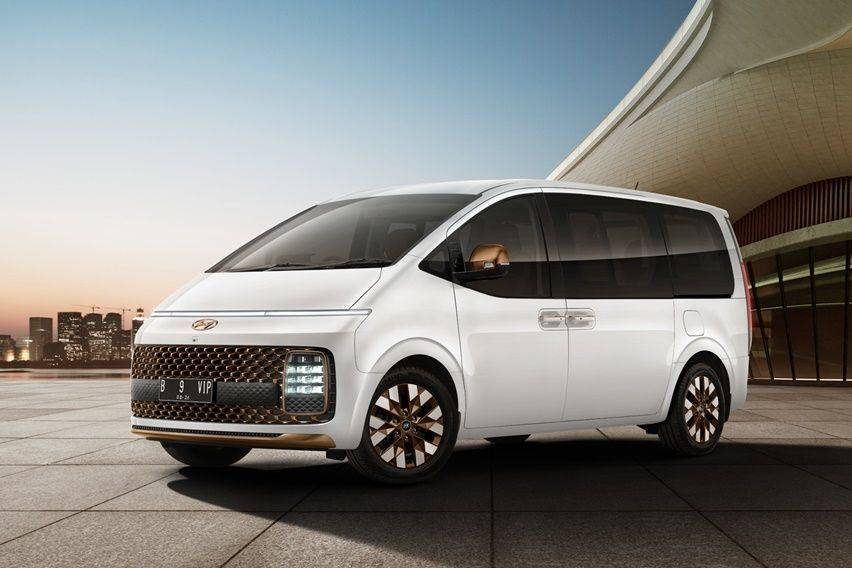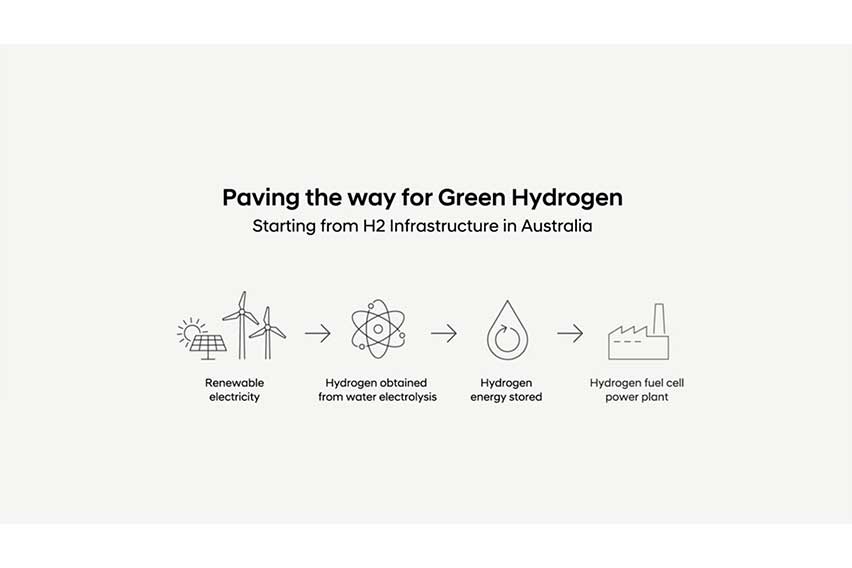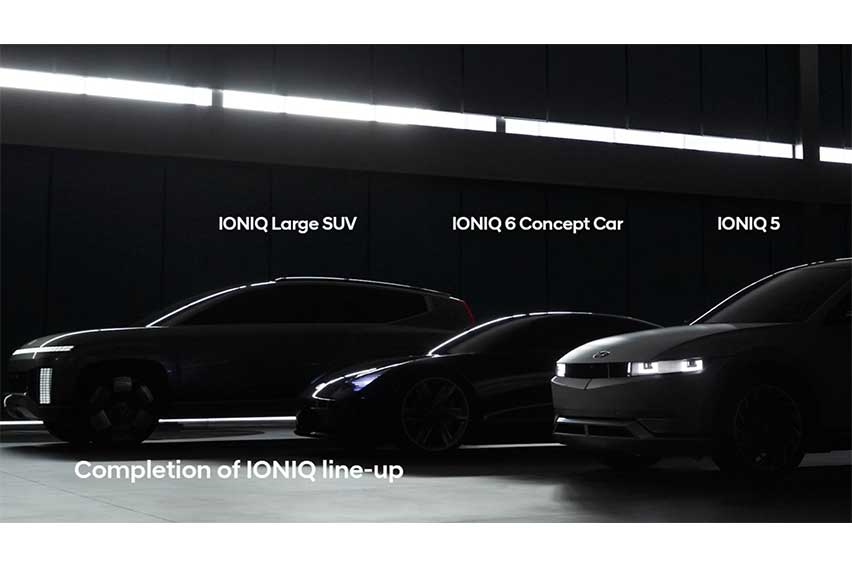Hyundai plans Air Mobility vehicle, more hydrogen use to become CO2-neutral

Launching a hydrogen-powered Urban Air Mobility vehicle is among Hyundai's plans in achieving carbon-neutrality by 2045.
"Optimized for intra-city operations," the Urban Air Mobility may use the wings of a small airplane and the rotors of a helicopter. The flying machine is intended for public transportation like the autonomous Hyundai Ioniq 5 Robotaxi.
Hyundai presented its Air Mobility vehicle and plans to focus on hydrogen power at the IAA Mobility in Germany.
"Unlike other automotive companies which are focusing solely on electrification and switching to sustainable energy, we’re focusing our efforts on pioneering hydrogen energy," the Korean automaker said.
 "We will use this hydrogen fuel cell technology in everything from consumer vehicles to trucks and busses. This combined with our new mobility platforms, including robotaxis and urban air mobility, will bring mankind one step closer to the carbon neutral future," it added.
"We will use this hydrogen fuel cell technology in everything from consumer vehicles to trucks and busses. This combined with our new mobility platforms, including robotaxis and urban air mobility, will bring mankind one step closer to the carbon neutral future," it added.
Hyundai explained that since batteries and hydrogen fuel cells both reduce C02 emissions, it will develop fuel-cell vehicles (FCEVs) alongside battery electric vehicles (BEVs).
"One of the great things about FCEVs is that they don’t need loads of batteries. As they generate electricity on board with hydrogen, FCEVs are proving to be a game changer for commercial vehicles, especially for trucks," Hyundai expounded. It also cited the success of the Xcient truck that traveled in Switzerland.
Banking on this feat, Hyundai plans to launch an updated Nexo FCEV and another FCEV in the size of its Staria model. Also in the company's pipeline are a "large SUV-sized FCEV models after 2025 and four commercial vehicles later in the 2020s."

It is also providing FCEV technology for integration into fuel cell ships, trams, solid hydrogen forklifts, and construction vehicles with "Hydrogen Vision 2040."
Meanwhile, Hyundai discussed that solar and wind energy are used to make renewable electricity, which is then used to split water into oxygen and hydrogen to make green hydrogen.
Green hydrogen is expected to cut six gigatons of CO2 by 2050, per the company's estimates. For this reason, the company plans to "establish green hydrogen infrastructure in countries with strong government support and abundant renewable energy sources like Australia."
 Hyundai reported that after its Czech Republic factory, all of the company's production plans will use renewable energy. The mentioned infrastructure and production plants are aimed to create the carbon-neutral "Generation One" era, Hyundai added.
Hyundai reported that after its Czech Republic factory, all of the company's production plans will use renewable energy. The mentioned infrastructure and production plants are aimed to create the carbon-neutral "Generation One" era, Hyundai added.
As for BEVs, Hyundai announced at the IAA Mobility that it will complete its Ioniq range of EVs.
 Photos from Hyundai Global
Photos from Hyundai Global
Also read
Hyundai to launch fuel-cell, electric vehicles for carbon neutrality
Hyundai announces Hydrogen Vision 2040
The pros and cons of the Hyundai Ioniq EV
Featured Articles
- Latest
- Popular
Recommended Articles For You
Featured Hyundai Cars
- Latest
- Popular
Hyundai Car Articles From Zigwheels
- News
- Article Feature
- Road Test
